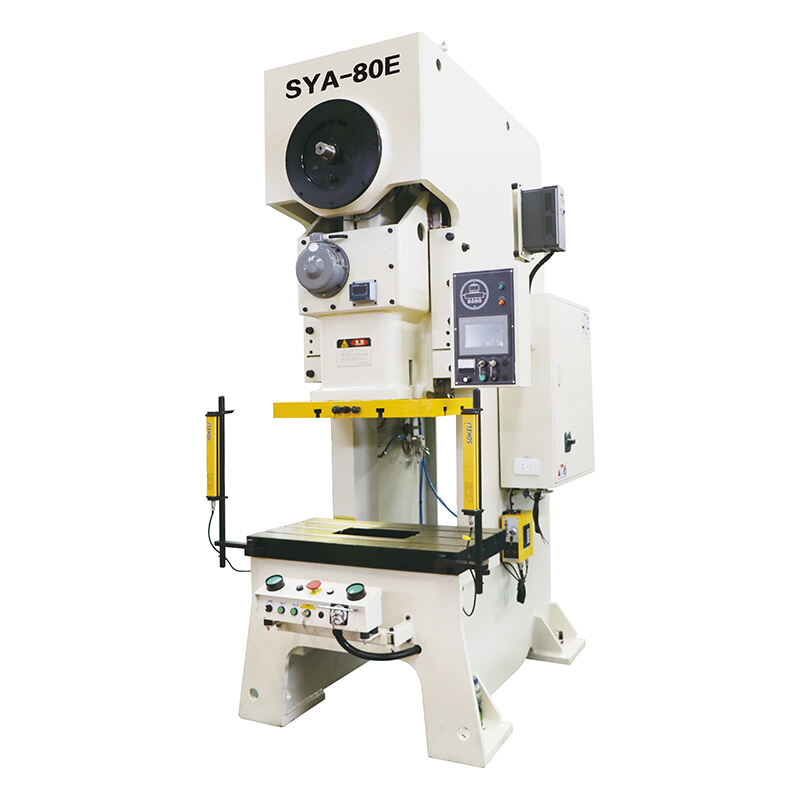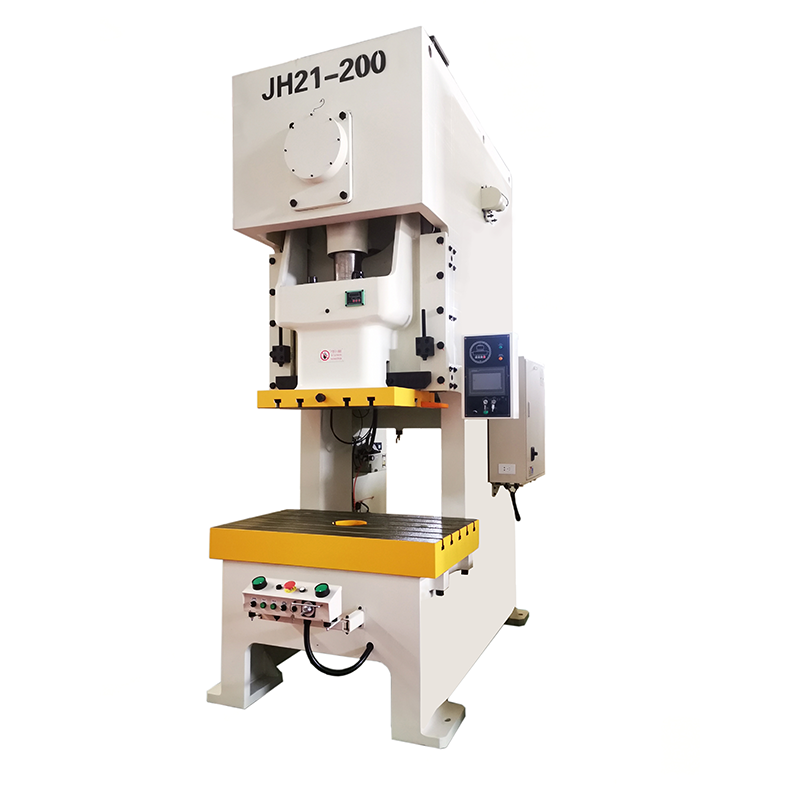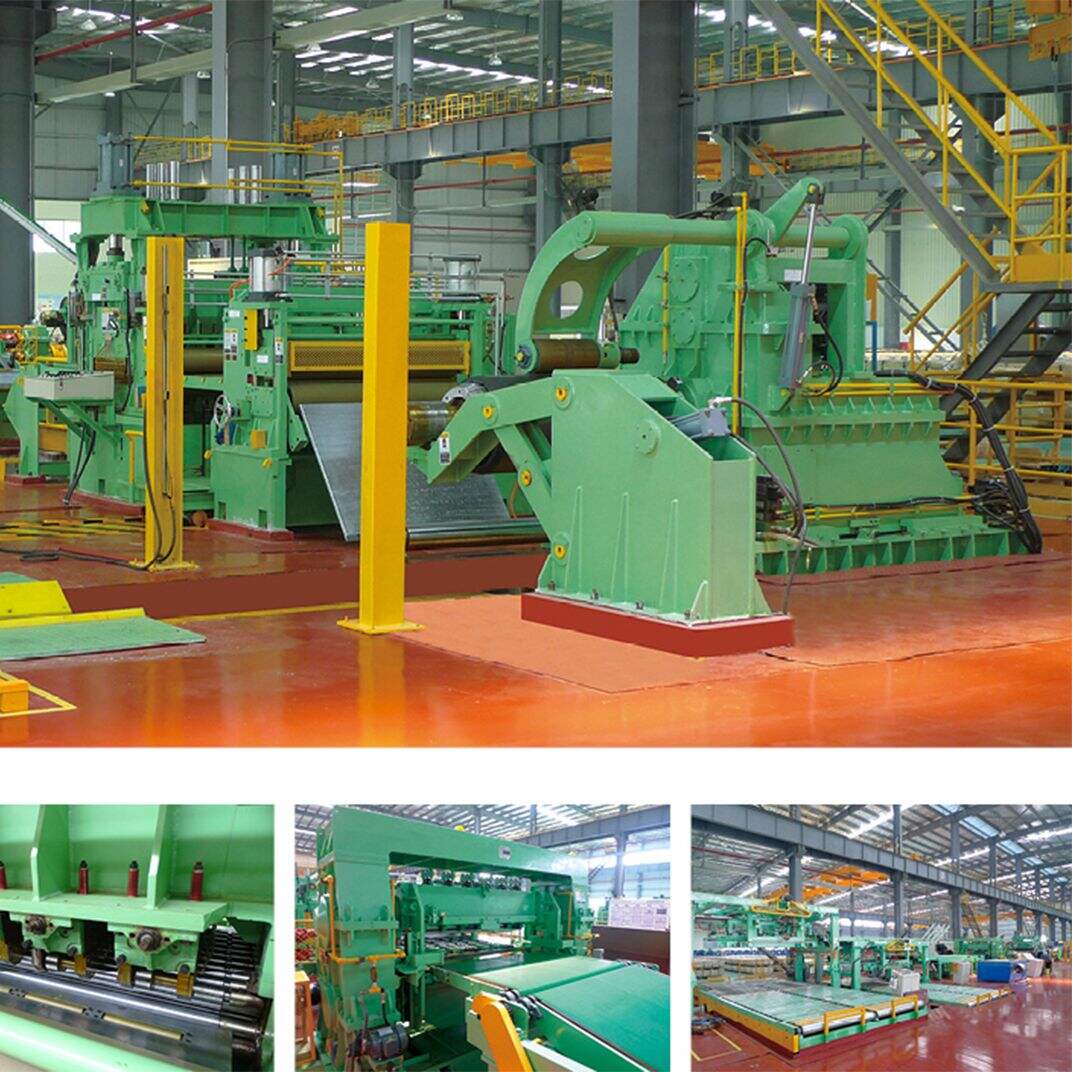In the production of cars a great many pieces need to be formed into the right shape. This is where automotive stamping diess enter. These machines are essentially big tools that press down on metal sheets to manufacture car parts. They are critical to building cars both quickly and accurately.
Automotive stamping machines are used to shape metal sheets into car parts, including doors, hoods and fenders. The metal sheets pass under a big press, which presses down on them with a great deal of force. It is this force that helps bend or cut the metal into the desired shape. The components produced by such machines must be predictable and uniform enough to fit precisely in a car.
Before stamping machines were created, car parts were produced by hand. This took a while and was imprecise. Stamping machines allow car companies to make parts significantly faster and in greater quantities. This altered the way cars were built, making it simpler and cheaper.

Automotive stamping machines utilize special technology to ensure that car parts are made with precision. Computer programs determine how hard the press pushes and how fast it works, to ensure the parts are consistent and high quality. And the machines are equipped with sensors that can detect errors in the metal sheets, which prevent dirty parts from going down the line.

Stamping machines for the automotive industry are extremely important in the process of car manufacturing. Without this machinery, car manufacturers would be unable to create parts in a speedy and efficient manner. The components produced by stamping machines are critical to creating cars and ensure that each vehicle meets standards related to safety and performance.

There have been plenty of recent advances in stamping technology that make it better and faster. New materials and coatings are being employed to make parts stronger and more durable. Companies have also introduced new stamping techniques that enable more elaborate shapes to be produced with greater precision. These enhancements make car manufacturers more efficient, enabling them to design and manufacture safer and higher-quality vehicles.